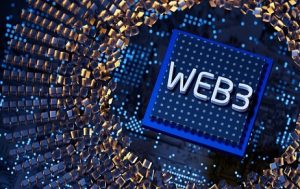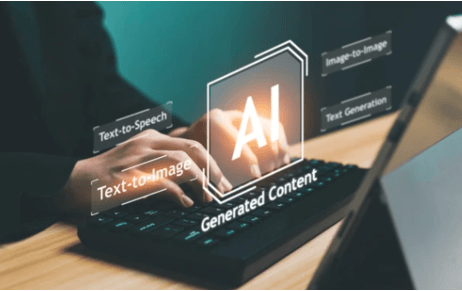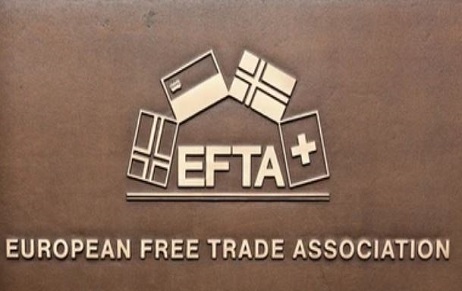This article delves into the ongoing debate around the issue of right of ownership of…
Web 3.0 & the Transformation Of Intellectual Property Ownership
Recently, the entertainment industry has shifted its focus to prosper on Web3, with well-known franchises like Marvel and Forbes expanding over the latest version of the web. However, the beginning of this transformation has not been without its complications. With the industryI still in its early days, there are several challenges to be worked out in terms of understanding and implementation of Web3. Furthermore, Intellectual property ownership, content ownership, and distribution are critical issues that must be addressed to avoid disputes.
[Picture Credit: istockphoto]

Inadequacies in the current web
Web1 was created to provide an open environment for all of its users. Web1 eventually developed into Web2 (The current version of the internet). Even though Web2 gave rise to a trillion-dollar industry and technology, It is not without shortcomings.
The current version of the Web is monopolised and dominated by a few powerhouses. You are not empowered to take action on Web 2.0. In actuality, you’ll have to ask someone else to do it for you. You can’t be trusted to do anything as simple as pay your electric bill (you will need to appeal to financial institutions to do it on your behalf). These service providers must be trusted with anything and everything a user wishes to do on the internet. The difficulty with this design is that if the service provider goes down for a while, a large number of users would be affected.
What is Web3?
Web3 has been the centre of attention for quite some time now. It can be best described as a novel type of internet connectivity created using decentralised blockchains. The expression “Web 3.0” was given by Gavin Wood (Founder, Parity Technologies) in 2014 to describe his view of the internet’s future. According to him, Web3 is a truly decentralised and democratic version of the existing internet, one that is not dominated by a small number of key players as it is today.
Understanding the technology behind Web3
Blockchain is the critical component of Web3. A blockchain is a database or a repository of huge volumes of information digitally recorded in an orderly structure, as a sequence of blocks. Each block contains data elements, such as numeric values or characters, that are distinct within the block and are linked together in a network. When data within a block is altered, the contained information changes with it. This makes an impact throughout the entire network, which ensures transparency.
It is worth noting that the underlying technology of Web3 enables a fully decentralised model of the Internet. We would no longer need to rely on service providers since the products and services would be constructed on blockchains and would move by the algorithm in perfect transparency. This will allow users to cut through the middlemen and provide a method for creators and users to monetise their activity and contributions in ways that today’s platforms do not.
What’s the big deal about Web3?
The massive amount of wealth, talent, and energy being poured into crypto businesses and Web3 projects have made it difficult to overlook the digital revolution. In 2021, venture capitalists committed more than $27 billion in Crypto & Web3 related initiatives, more than that in the previous ten years combined. Some major tech giants, like Twitter and Reddit, have begun experimenting with web3 ventures of their own.
Web3, Content ownership & Intellectual Property
With a decentralised Web3 in place, the concept of content ownership and intellectual property would be disrupted. To comprehend the underlying cause of the disruption, it is vital to examine the current ownership system’s flaws:
- Appreciation and significance
Until now, stock platforms have maintained an advantage over content creators when it comes to stock footage. The existing system benefits the platform owners rather than the content creators. Despite this, developers continue to use these platforms to distribute their work due to a lack of alternatives and the promise of a secure payment method.
On Web3, the intermediary in the above-discussed transactions will be removed, allowing creators to communicate directly with viewers. There will be no centralised entity taking a portion of the profits generated by the transaction.
- Intellectual Property Ownership
The existing IP ownership system’s major flaw is its high costs and complicated legal requirements. Furthermore, the current system is unfit for today’s globalised world. While enterprises operate in numerous locations at the same time, IP ownership is subject to a variety of regional constraints.
Web3 and decentralised database systems provide certain important functions that may be important to the operation of intellectual property ownership. Notably, these technologies enable the addition of digital timestamps to artistic content and the tracking of subsequent owners. Furthermore, creators can use smart contracts to ensure that a set percentage of the sales price is paid to the original author each time the work is resold.
Therefore, the decentralised approach will address these issues by allowing assets to be transferred, traded, and ascribed a financial value. Furthermore, because transactions are routed and tracked through a shared network, licensing and contractual processes are reduced.
Ownership concerns in a Web3 habitat and the way ahead
Web3’s emphasis on continuous user ownership of digital content raises difficult legal issues, both substantial and operational. They also raise significant concern for the future of the laws and the transition from state-controlled law to non-state and tech-driven regulatory structures.
A decentralised content ownership system in web3 poses challenging questions about securing assets in these new digital environments, and it is evident that traditional protection laws are inadequate to fulfil the legal demands of such a system.
Therefore, it becomes critical to define and comprehend what is truly at stake in the move to web3 and the change toward novel and more democratic modes of enduring ownership of digital content.
Author: Rahul Dhingra, a student of Rajiv Gandhi National University of Law (Patiala), in case of any queries please contact/write back to us via email [email protected] or contact us at IIPRD.



